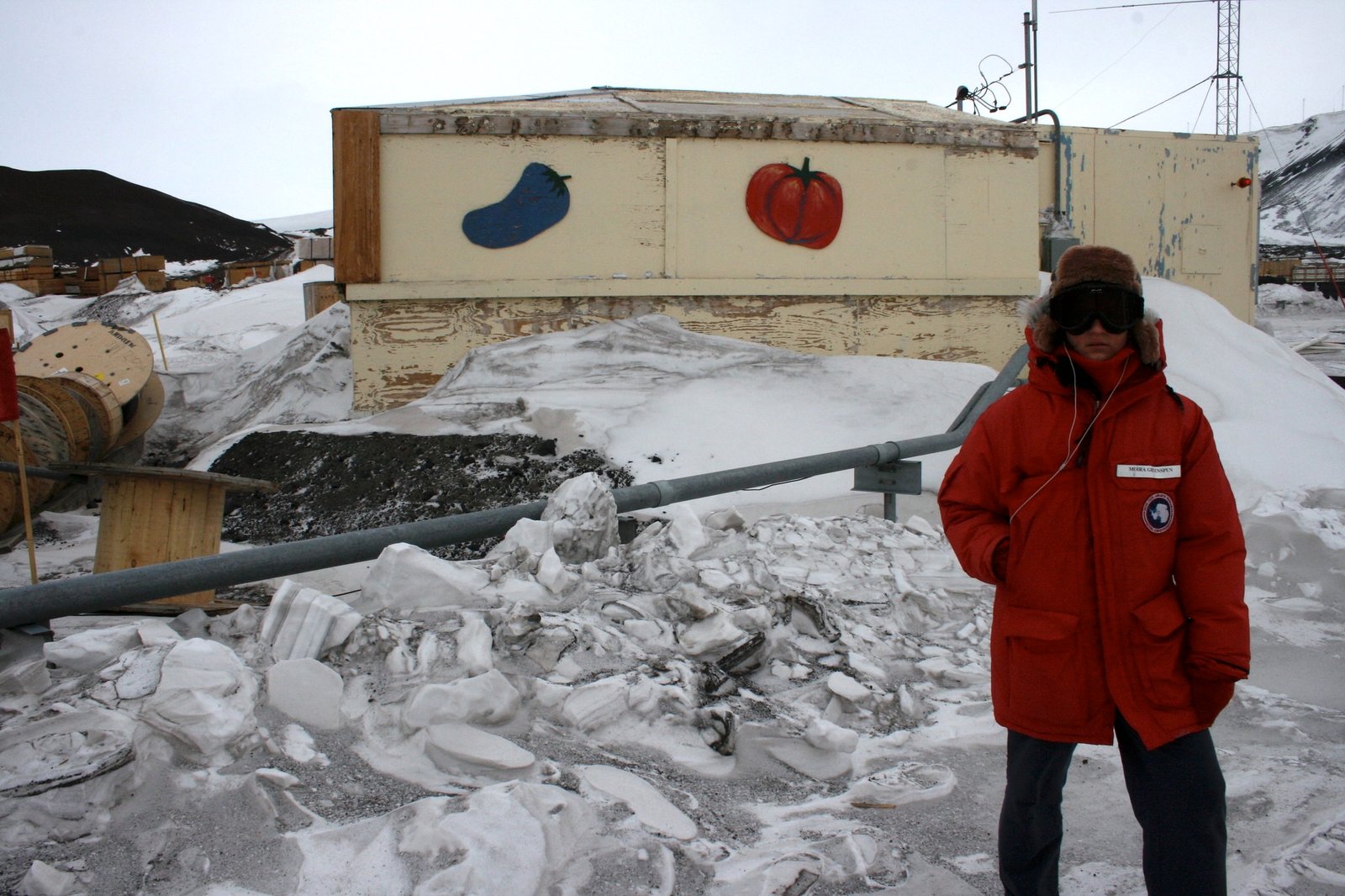Why companies should use technology AND people to achieve a smart culture transformation
By John Robertson, Vice President of Life Cycle Engineering’s Reliability Consulting Group
The last few years have seen unprecedented challenges for the food & beverage manufacturing industry. COVID shone a light on how unprepared the industry was, and still is, for major supply chain disruptions. Plants moved quickly to overhaul production to accommodate increased consumer demands, a raw materials shortage, and a diminishing labor pool. Even without the pandemic, the challenges of global competition, increased costs, and environmental regulations are driving new efforts to leverage technology as a way to reduce costs and drive organizational and operational effectiveness.
With so much technology available, you’d think every organization would be operating at peak efficiency.
But they’re not.
New equipment, emerging technology, and software tools may increase asset uptime and production, but they’re not going to help you reach your goals on their own. Significant changes to productivity require a shift — a systematic transformation that only happens when people, processes, assets, and technology work together. It requires a smart culture.
A smart culture can drive the productivity needed to reshape operations. Running better, faster, cheaper, safer operations all starts with how you organize people. The good news is that the path forward may not mean investing in yet another technology “solution.”
What does “smart” look like?
Establishing a smart culture isn’t about buying a new technology, system, or tool. Many companies already have the right technology in place. A smart culture is a transformation that requires buy-in from everyone in an organization, from the C-suite to the shop floor. It has the potential to create an organization-wide philosophy of best practices that puts people at the core. The results? In the short-term, it can improve processes, reduce unplanned downtime, and extend asset life. Long-term, smarter operations can lead to improvements in health and safety, better company morale, and financial security.
People are the critical component of a coordinated and efficient organization, especially as it relates to optimizing the productivity and lifespan of equipment assets. Fewer breakdowns of equipment don’t just lead to lower costs but a safer and more reliable operation. And safety is good for business. It has been estimated that employers pay almost $1 billion per week for direct workers’ compensation costs alone. A strategic approach to managing assets assures that asset management objectives are closely aligned with the organization’s long-term strategic plan. And when managers aren’t spending all their time dealing with maintenance issues, safety complaints, and employee turnover, it frees up time to focus on new ideas.
Consider the experience of a global food brand looking to improve the effectiveness of its maintenance program. The company experienced a lack of planned weekly scheduling and fundamental training, and a breakdown in communications between departments. All of these challenges culminated in a reactive environment, inflated maintenance budgets, and high overtime rates. Maintenance technicians were reaching just over 51% in overtime work, while the maintenance staff as a whole was operating at just over 30%. The plant leaders recognized that their maintenance strategy needed to be restructured to allow their maintenance staff to work proactively. This proactive approach would reduce the risk of operational failures and improve the overall lifespan of their assets. Once adopting a smarter way of working, the staff began receiving and acting upon work order notifications more quickly, which helped boost their effectiveness as a team.
Tech shaping the future of manufacturing
The rapid acceleration of digital transformation initiatives and Industry 4.0 technologies over the last decade has created a tremendous opportunity to establish new levels of productivity, safety, and sustainability in the industry. And while many companies today are deploying digital technologies like AI, virtual reality, and data analytics, very few are effectively leveraging them. AI is revolutionizing the manufacturing industry — it can be used to scale operations, reduce food processing times, increase revenue, and help companies stay competitive. A report from market advisory firm Modor Intelligence states that investment in AI in the food and beverage market is expected to reach $29.94 billion by 2026.
Technology can also automate redundant tasks and improve operations by leveraging visual aids and automated learning. Performance monitoring sensors can harvest data to create contextualized information to drive action. This real-time information can empower employees to make informed decisions at every level — an approach that creates endless opportunities to improve efficiency.
What happens when data improves? When data improves, asset management can advance from reactive to proactive. But the reality of a truly smart culture only happens once an organization combines this technology with empowered workers who use streamlined processes and curated best practices.
Getting buy-in on smart requires everyone
Guiding people to work differently can be difficult. Resistance to change is inevitable, and mitigating it can be time-consuming and unpleasant. But left alone, this resistance can produce frustration, disgruntled employees, high turnover, increased cost, and delays. When changes occur, one of the greatest fears is uncertainty. Resistance to change forces leaders to understand how it may impact their people. Exposing and addressing these challenges can shift energy and resources and provide a renewed focus on positive change, results, and ROI.
A smart culture transformation starts with the awareness, buy-in, and support from executive leadership. But what happens when company leaders are the ones resistant to change?
Traditional industries like sugar refineries know all too well the challenges of getting stuck with a certain way of operating. What does a smart culture look like at a company operating in the same way for the last 60 years? It starts with a commitment from leadership to establish a new focus and clear values. With a defined process, hard work, and dedication, the transformation into a highly reliable organization that leverages technology and consistently meets growth and performance goals is possible. Communications hubs with updates from leadership and shift handoff meetings, project plans, coaching for executives, a reliable engineering function, and repair season planning and preparations all help organizations work through new business opportunities and challenges. And when these functions are combined with people at the center, organizations can transform their teams while adopting the new tools and technology required to meet their current and future needs.
Adapting to a new way
Turbulent times have forced many food and beverage manufacturers to re-evaluate their business. A smart operation has the potential to revolutionize operations. We know it’s not just about technology. It’s about how well companies can adapt to change and what’s going to have the most significant impact on productivity. When executives start to lead from a renewed perspective with people at the core, a smarter culture can take hold — one that connects and coordinates teams with the right technological tools, processes, and best practices.
 John Robertson serves as Vice President of Life Cycle Engineering’s Reliability Consulting Group. He focuses on helping manufacturing clients achieve greater shareholder return via optimization of existing operations. In addition he helps clients minimize risk and recognize the lowest total cost of ownership for new capital investments.
John Robertson serves as Vice President of Life Cycle Engineering’s Reliability Consulting Group. He focuses on helping manufacturing clients achieve greater shareholder return via optimization of existing operations. In addition he helps clients minimize risk and recognize the lowest total cost of ownership for new capital investments.













